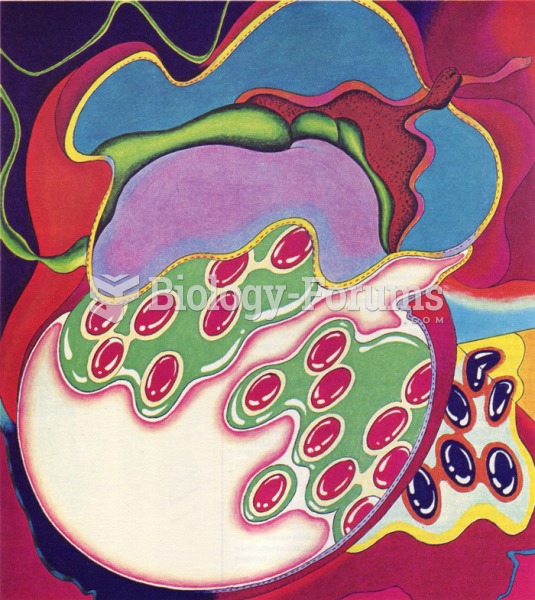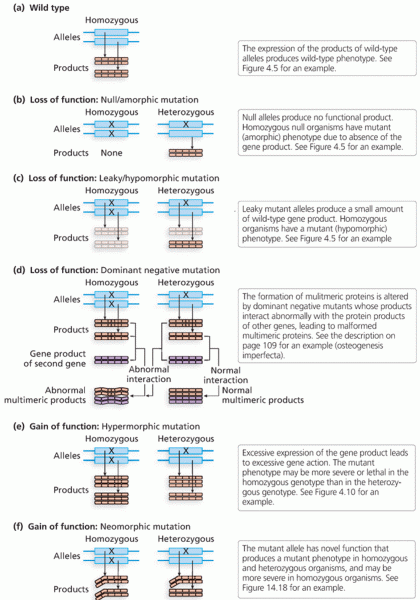Answer to Question 1
ANS: The reward consequences linked to a particular behavior can affect the extent of the modeling and even override the impact of the characteristics of the models and the observers. A high-status model may lead us to imitate a certain behavior, but if the rewards are not meaningful to us, we will discontinue the behavior and be less likely to be influenced by that model in the future.
Seeing a model being rewarded or punished for displaying a particular behavior affects imitation. In a Bobo doll study, some of the children watched as the model who hit the Bobo doll was given praise and a soda and candy. Another group of children saw the model receive verbal and physical punishment for the same aggressive behavior. The children who observed the punishment displayed significantly less aggression toward the Bobo doll than did the children who saw the model being reinforced.
Answer to Question 2
ANS: Modeling is a behavior-modification technique that involves observing the behavior of others (the models) and participating with them in performing the desired behavior.
Bandura's now-classic demonstration of modeling involves the Bobo doll, an inflatable plastic figure about 4 feet tall. In Bandura's studies, preschool children watched an adult hit and kick Bobo. When the children were left alone with the doll, they modeled their behavior after the example they had just witnessed. Their behavior was compared with that of a control group of children who had not seen the model attack the Bobo doll. The experimental group was found to be twice as aggressive as the control group.
The intensity of the aggressive behavior remained the same in the experimental subjects whether the model was seen live, on television, or as a cartoon character. The effect of the model in all three media was to elicit aggressive behavior that was not displayed with the same strength by children who had not seen the models.







